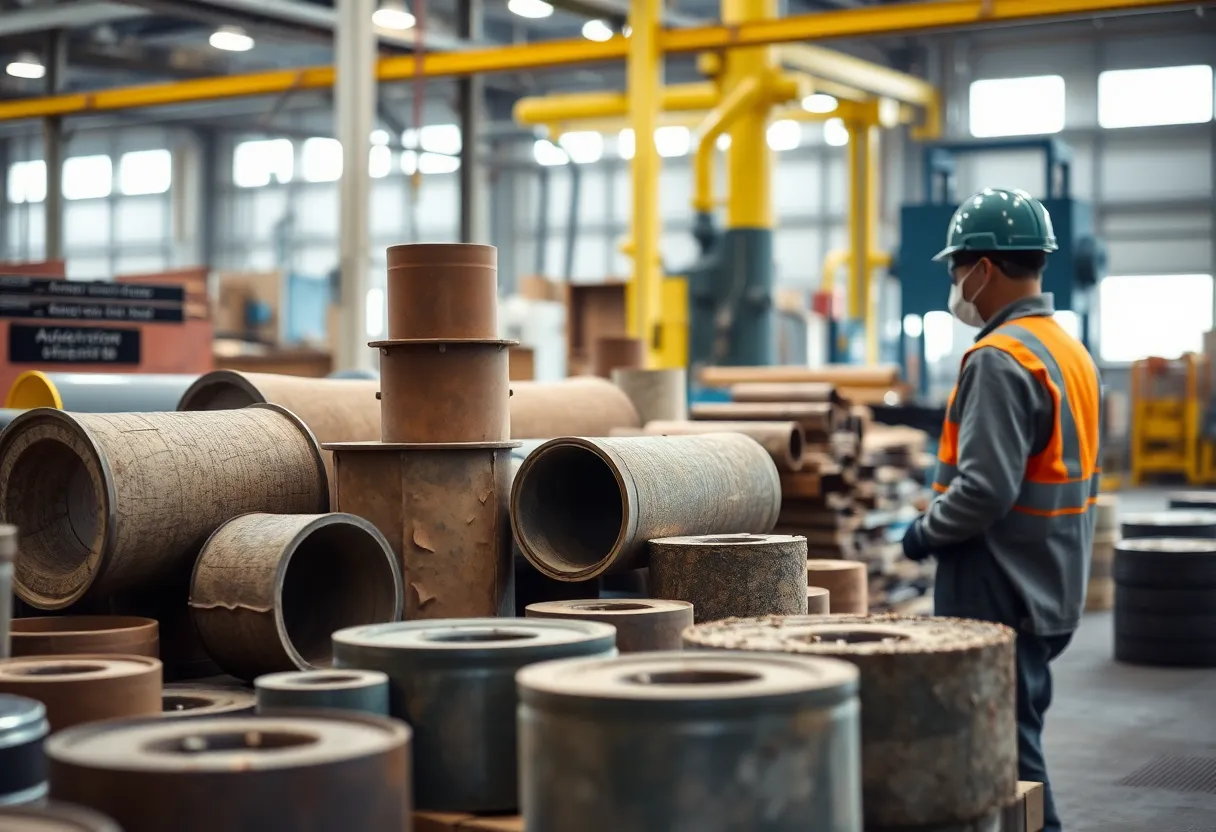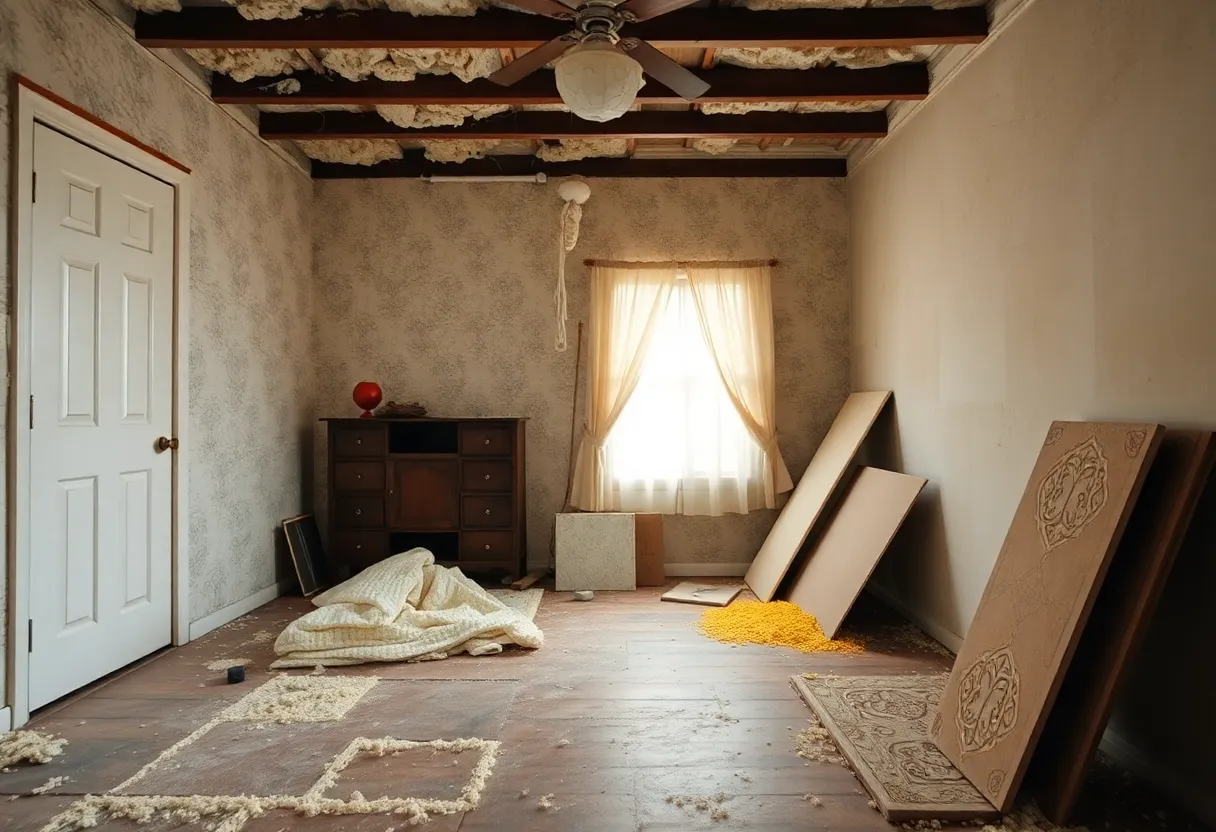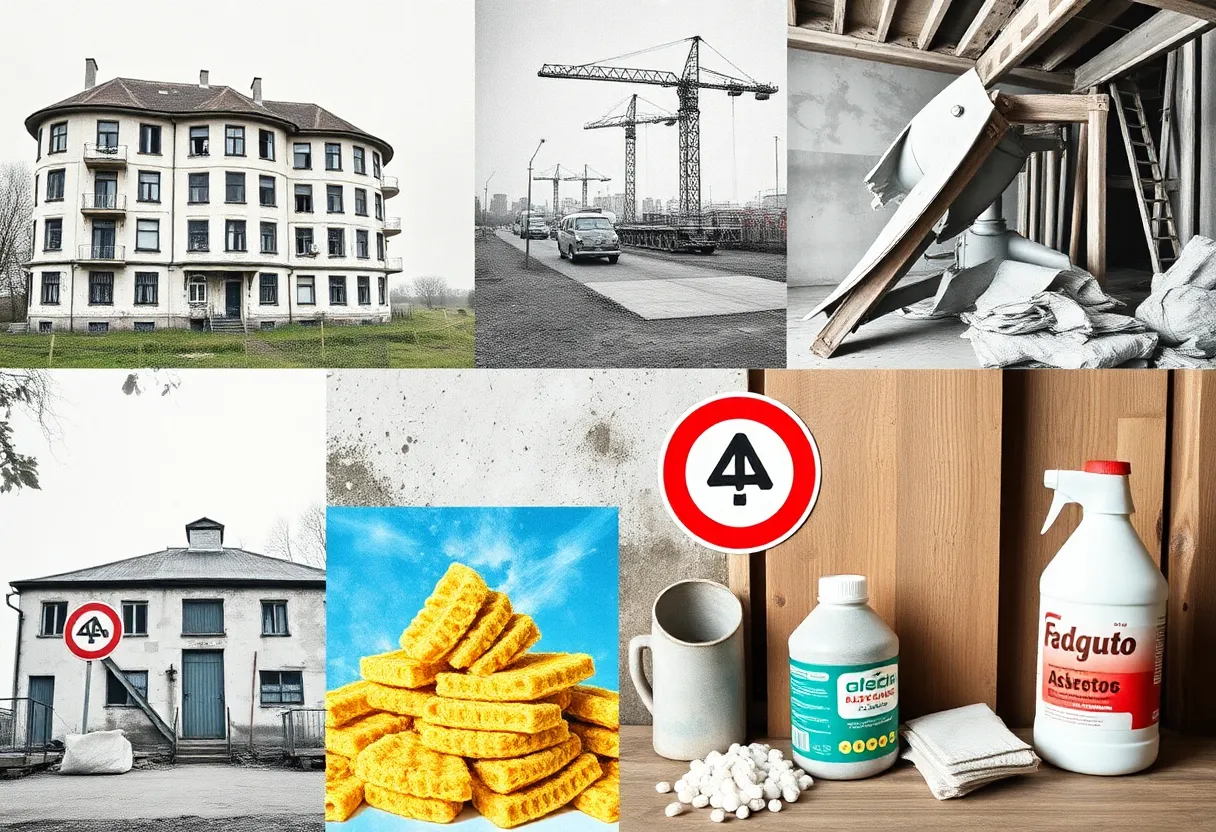News Summary
The EPA is reconsidering a ban on chrysotile asbestos, the only type still in use in the U.S. This decision raises serious public health concerns among advocates and professionals as it could halt decades of progress in asbestos regulation. With over 40,000 American deaths linked to asbestos each year, the implication of this move could be devastating, causing increased exposure and health risks. Advocacy groups are urging immediate legislative action to solidify the ban.
Chrysotile Asbestos Ban Faces Uncertain Future Under Trump Administration
In a controversial turn of events, the Environmental Protection Agency (EPA) is now reconsidering a ban on chrysotile asbestos, the only type of asbestos still in use in the United States. This mineral fiber has long been linked to various types of cancer, and it accounts for tens of thousands of deaths annually across the nation. The Trump administration has initiated this reconsideration as part of a broader strategy to roll back environmental protections that have been put in place to safeguard public health.
Public Health Concerns Rise as Ban Faces Uncertainty
The original ban on chrysotile asbestos received approval from the Biden administration in 2024, marking a significant victory for advocates of chemical safety. However, the recent decision to revisit that ban raises serious alarms among health professionals and *advocacy groups.* Critics argue this reconsideration could just be the tip of the iceberg, potentially harming public health while setting back decades of progress in asbestos regulation.
Asbestos has a long and troubling history in the United States. It was first declared a carcinogen in the 1970s, leading to strict regulations aimed at curtailing its use. Still, the reconsideration by the EPA may halt enforcement of the chrysotile ban for up to 30 months, leaving the door open for increased exposure during a time when awareness of its dangers is paramount.
Why Chrysotile Asbestos is a Serious Health Threat
Chrysotile asbestos is primarily utilized in various products including roofing materials, textiles, and brake pads, and it is an essential component in certain industrial applications, such as chlorine production. Exposure to asbestos has been shown to cause several cancers, including lung cancer, ovarian cancer, laryngeal cancer, and the notoriously aggressive mesothelioma. The fibers from asbestos can enter the body through inhalation or ingestion, where they can remain for years, leading to chronic inflammation and ultimately cancer development.
Recent statistics indicate that over 40,000 Americans die each year from diseases related to asbestos exposure, underscoring the urgent need for strict regulations. The move to reconsider the chrysotile ban is not only a matter of policy; it’s a matter of life and death for many individuals.
The Industry Perspective and Its Implications
The EPA’s recent filings indicate intentions to weigh alternative measures regarding workplace protections related to asbestos usage. Industry groups, like the American Chemistry Council, have been cited as influential voices advocating for the reconsideration of the ban. As the Trump administration shows its support for the continued use of asbestos, advocates are increasingly concerned about the potential ramifications this could have on public health and safety.
A Call to Action: Legislative Recommendations
As the reconsideration process unfolds, advocacy organizations have condemned the Trump administration’s actions, stressing the severe risks of asbestos exposure—even at minimal levels. The Asbestos Disease Awareness Organization has been vocal in its criticism and urges for immediate action from Congress. They advocate for comprehensive measures, such as the Alan Reinstein Ban Asbestos Now Act, to finalize a complete ban on asbestos.
The history of asbestos regulation is fraught with challenges. Earlier attempts to ban asbestos in the U.S. date back to the 1989 Asbestos Ban and Phase-Out Rule, which was remarkably overturned shortly after it was enacted. In light of that history, the present reconsideration of the chrysotile ban appears to open pathways to a potential resurgence in the use of asbestos in various manufacturing sectors.
What Lies Ahead
The future of chrysotile asbestos regulation hangs in a precarious balance. As the EPA proceeds with its reconsideration, the implications could echo far beyond regulatory frameworks—they could fundamentally impact public health for generations to come. As advocates for public safety rally for action, many are left wondering how the current administration will address an issue of such profound significance.
As this situation develops, the hope remains that responsible measures can be reinstated to eliminate the use of asbestos once and for all in the United States, protecting the health of countless individuals from a silent killer.
Deeper Dive: News & Info About This Topic
HERE Resources
New Study Reveals Asbestos Exposure Thresholds Linked to Mesothelioma Risk
Philadelphia School District Enters Asbestos Management Agreement to Avoid Prosecution
Philadelphia School District Under Fire for Asbestos Management
Philadelphia School District Faces Criminal Charges Over Asbestos Mismanagement
Philadelphia Schools Under Pressure to Address Asbestos Issues
Chrysotile Asbestos Ban Under Fire: A Dangerous Game of Reconsideration
Judicial Ruling Pauses Auction of CARD Assets Amid Legal Turmoil
An Asbestos Dilemma: Mecklenburg County vs. Peebles Corporation in Brooklyn Village Project
Philadelphia School District Faces Federal Charges Over Asbestos Violations
Asbestos Under Fire: EPA’s Reconsideration Sparks Controversy



















